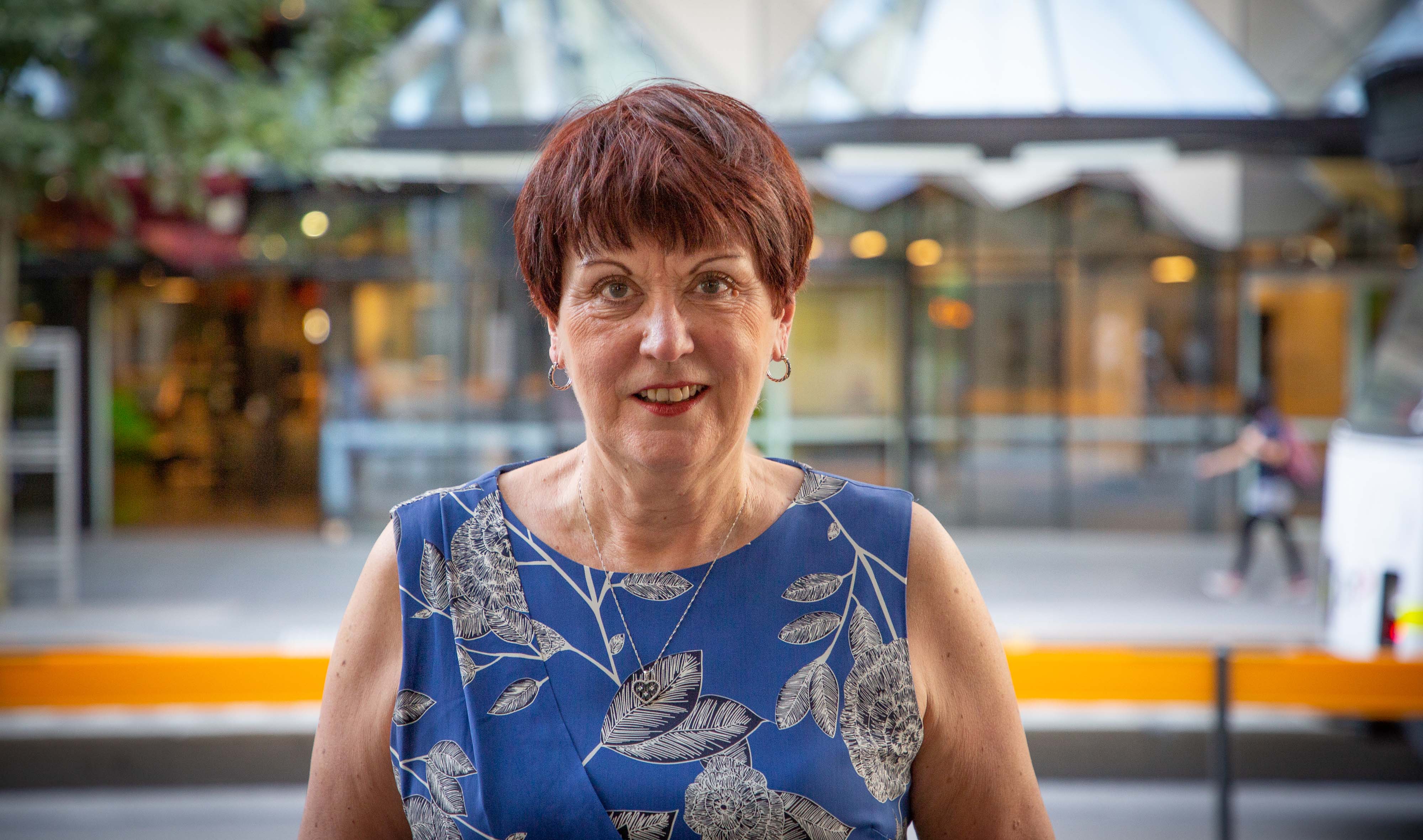New report proposes using tax system to improve rental properties
A new report from RMIT University urban policy experts recommends using Australia’s tax system to force investors to improve conditions for private renters.
What you really need to know about Melbourne being named the world’s second most liveable city – again
Melbourne has retained second place in the Economist Intelligence Unit’s global liveability index but what, if anything, does it all mean? Our experts explain.
Flammable cladding costs could approach billions for building owners if authorities dither
Australian building owners face a bill that could run into billions of dollars to replace combustible cladding of the sort that fuelled the Greenfell tower fire in the UK, which killed 72 people, as well as fires in Australia and overseas.
Dame Judith Hackitt speaks at RMIT
Removing banned cladding materials from Melbourne buildings is needed to reassure residents and rebuild public confidence, global building regulation and fire safety expert says.








